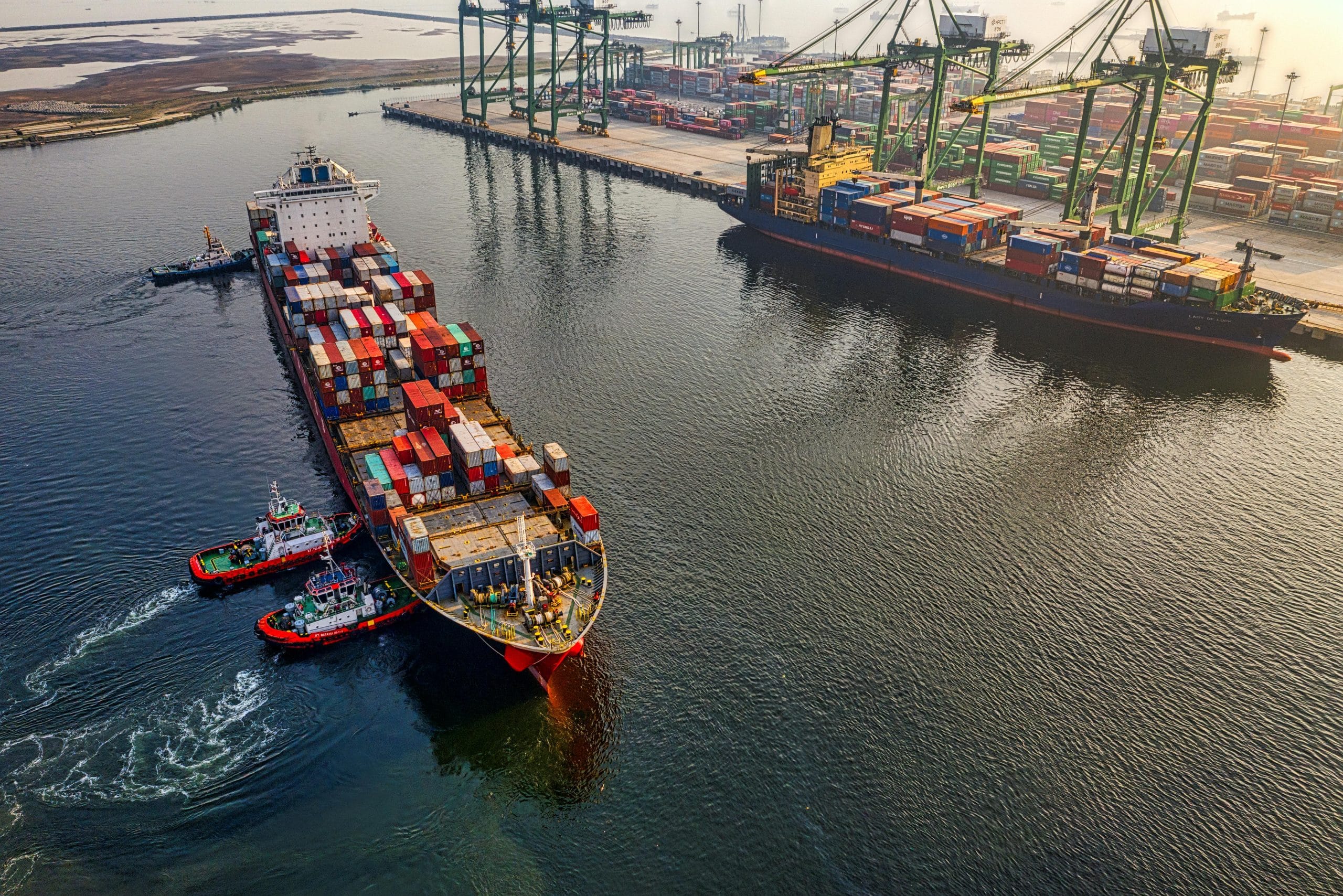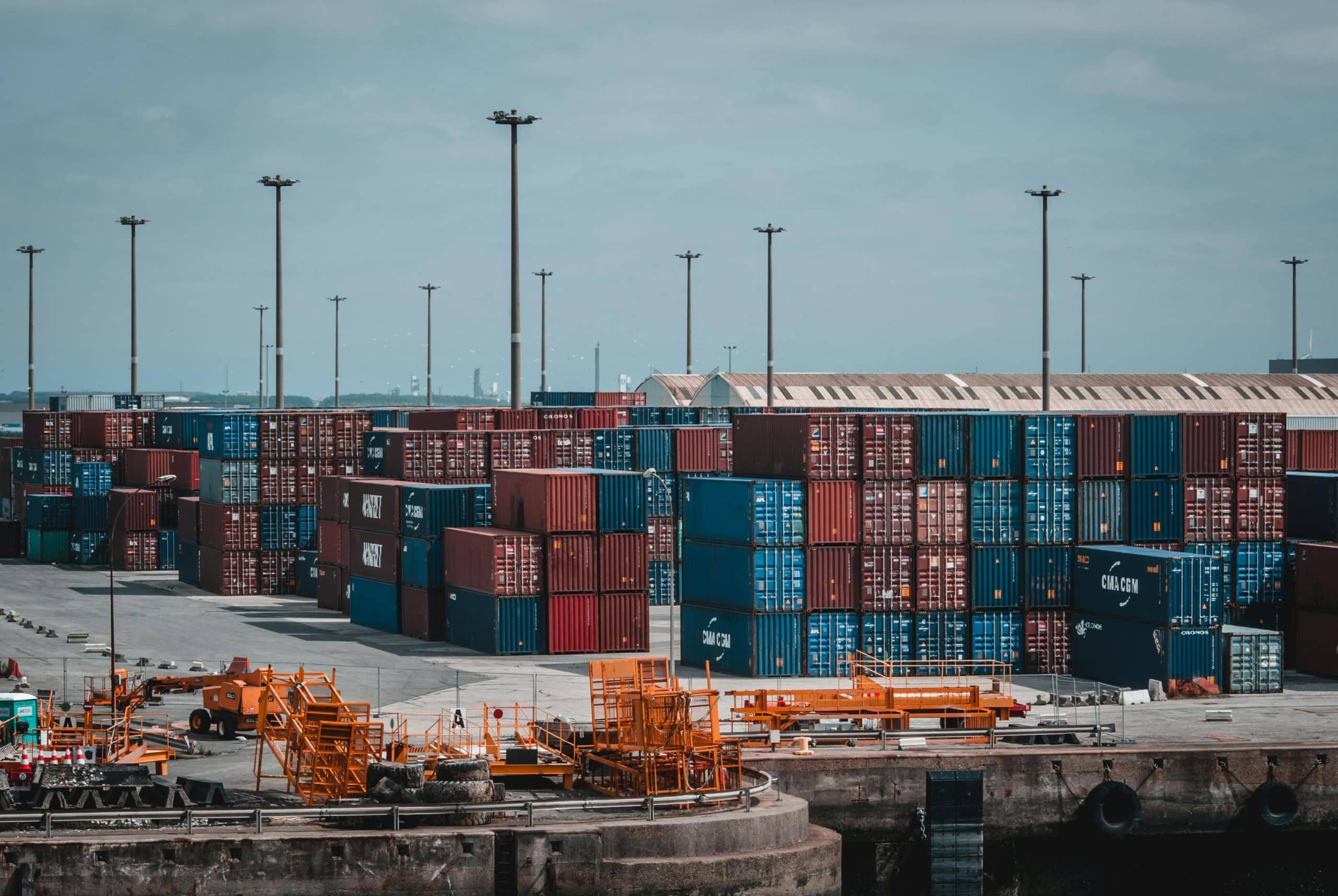
An Alternative to HS2
Article 1: A Vision for the Future of UK Transport
Anthony Royd begins this series on modern travel with a critical examination of HS2 and its shortcomings. By exploring alternative transport technologies, he presents an ambitious vision for a future-proof, efficient, and high-speed transport network that better serves the UK.
Trump’s Trade War
The UK Doesn’t Need to Negotiate Trade Deals to Prosper
Published 22nd April 2025
As one of the world’s top economies, the UK has the capacity to shape its own trade policy without always entering prolonged negotiations. With a globally recognised financial sector, diverse industries, and deep-rooted trading relationships, Britain is well-positioned to set clear, fair terms for international trade on its own initiative.
A Smarter Approach: Fair Terms, Not Long Talks
Rather than getting bogged down in years-long trade talks, the UK can use a policy of reciprocal tax arrangements—trading only with nations that apply fair, mutually beneficial tax rules. This creates a level playing field without needing full-scale trade deals and allows British exporters to stay competitive.
Targeted, Sector-Specific Flexibility
Instead of blanket agreements, the UK can use calibrated rates—adjusting tax or tariff levels in response to changes in global markets or the policies of trading partners. This lets Britain stay agile and protect key sectors when needed.
Guided by Business and Voters
These trade and tax policies would be guided by regular consultation with trade bodies, industry experts, and consumer groups. MPs should vote freely on changes, ensuring decisions reflect both economic insight and public interest.
By setting our own terms, embracing fairness, and empowering our industries, we can make Britain not just great again—but greater than ever, or Is It Me!
Anthony Royd
Making Trade Fair
A Proposal for a Reciprocal Sales Tax Agreement
In response to rising trade tensions and the limitations of the UK’s current VAT system, it’s time to consider a new approach that promotes fairness, simplifies taxation, and levels the playing field between domestic and international businesses. A reciprocal sales tax agreement between the UK and the US could be the key.
What Is a Reciprocal Sales Tax Agreement?
A reciprocal sales tax agreement would allow businesses in both the UK and the US to reclaim sales taxes paid when trading with each other—similar to how VAT works within the EU. This would help remove hidden tax costs that currently make international trade less competitive, especially for British exporters.
How would this work in practice?
Right now, UK businesses exporting to the US—and vice versa—often pay local sales taxes they can’t reclaim, which inflates costs and undermines competitiveness. A reciprocal sales tax agreement would fix this by allowing businesses in both countries to reclaim taxes paid on eligible transactions.
For example:
When a UK business sells to the US, it may pay local sales taxes during the supply chain. Under a reciprocal system, it could reclaim those taxes through a straightforward refund process.
Similarly, US businesses could reclaim UK sales tax (or a UK sales tax replacement) paid on goods intended for export to the US.
This ensures that taxes are only charged where the product is finally consumed—not at multiple points along the way.
This would make cross-border trade fairer, reduce administrative burdens, and boost the global competitiveness of British exporters by eliminating unnecessary tax costs.
To work, this agreement would need fair and balanced principles:
Standardised Rates: Tax rates must be aligned to prevent one side from gaining an unfair advantage.
Tax Neutrality: Ideally, no tax would be charged on cross-border imports at all—but that would create a large revenue gap for governments, especially the UK, which relies on VAT.
Digital Tax Integration: The UK could replace VAT with a simpler sales tax that includes a provision for taxing digital services—ensuring tech giants also pay their fair share.
Why Replace VAT with a UK Sales Tax?
The current VAT system is complex, costly to administer, and creates an uneven playing field for small businesses.
Here’s how a sales tax system would improve things:
Simpler Compliance: Replace VAT with a two-tier sales tax (e.g., 10% standard, 5% essential goods), or calibrated rates aligned to Key-economic sectors.
Lower Costs: Businesses would spend less on accountants and software just to stay compliant.
Transparency for Consumers: Sales tax is visible at the point of purchase—VAT is often buried in prices.
Economic Growth: Small businesses and startups would benefit from reduced red tape.
Policy Flexibility: Essential goods could be taxed at lower rates, while luxury or digital services could be taxed more, in line with social goals.
International Trade


What About the Digital Economy?
The UK’s current Digital Services Tax (DST) targets large tech companies with a 2% tax on digital revenues, such as online ads and marketplaces. But managing this as a separate system adds unnecessary complexity.
Instead, this tax could be integrated into a single sales tax framework:
One System, Less Confusion: Businesses would deal with just one tax, not multiple regimes.
Fairer Competition: Local shops and startups wouldn’t be undercut by digital giants avoiding taxes.
Stronger Revenues: As commerce moves online, a combined tax ensures digital sales are properly taxed.
Better Compliance: A unified system makes it harder for big tech to avoid taxes through loopholes.
Clearer Costs for Consumers: Buyers would see exactly how much tax they’re paying—whether it’s for groceries or streaming services.
Conclusion
A reciprocal sales tax agreement—along with replacing VAT with a simpler, smarter sales tax that includes digital revenues—could transform the UK’s tax system for the better.
It would make trade with the US fairer, simplify life for small businesses, and ensure that all businesses, including online giants, contribute their fair share.
This proposal isn’t just about economic reform. It’s about fairness, clarity, and keeping the UK competitive in a rapidly changing global market, or Is It Me!
An Alternative to HS2
A Vision for the Future of UK Transport
by Anthony Royd
Published 7th February 2025
In my commentary on the Heathrow extension, I criticised HS2 planners for failing to connect the UK’s major airport. In this first article in the series on travel, I will expose the incredible lack of foresight in the HS2 project and propose an alternative that is fit for the future.
The Promise of Maglev Technology
China’s magnetic levitation (maglev) trains represent some of the most advanced rail technologies available today. By eliminating friction between the train and the track, maglev technology enables incredibly high speeds, energy efficiency, and smooth travel. Unlike HS2, which relies on conventional high-speed rail, maglev offers a genuinely futuristic solution.
How Maglev Works
Maglev technology is based on electromagnetic propulsion, where trains levitate above the track, eliminating physical contact and thus reducing friction and wear. This system is composed of three primary components:
Power Source – A large electrical supply generates the necessary magnetic fields.
Guideway – Metal coils embedded in the track create magnetic fields when electrified.
Train Design – The train is equipped with powerful magnets on its underside.
When alternating currents energise the guideway’s coils, they generate fluctuating magnetic fields that interact with the train’s magnets, causing levitation and forward propulsion. This allows for seamless acceleration and deceleration without mechanical contact
A Global Perspective on Maglev
China has been at the forefront of maglev development, with its Shanghai Maglev Train reaching speeds of up to 373 mph (600 km/h) and completing a 19-mile journey in just 7-8 minutes. Similarly, Japan is developing the SCMaglev system for the Chuo Shinkansen line, designed to connect Tokyo and Nagoya at speeds of 374 mph (603 km/h).
Despite its potential, the UK’s HS2 project remains rooted in outdated rail technology. While designed to reach speeds of 250 mph (402 km/h), it does not incorporate maglev’s frictionless advantages. Critics argue that HS2’s financial burden, environmental concerns, and uncertain passenger demand further diminish its viability.
HS2: A Costly and Outdated Project
The HS2 project aims to connect London with major cities in the Midlands and Northern England, but its benefits are under scrutiny:
Cost vs. Benefit – The financial investment may not justify the anticipated increases in capacity and journey-time reductions.
Environmental Impact – The construction of new rail lines raises ecological concerns, including £100 million allocated for protecting just 300 bats with a half-mile concrete cover.
Uncertain Demand – Post-pandemic travel behaviour shifts cast doubt on projected passenger numbers.
A 2024 report from the House of Commons Public Accounts Committee deemed the revised HS2 Phase 2 plan to have “very poor value for money,” highlighting significant concerns about its long-term benefits.
The Royd High-Speed Initiative
A Revolutionary Approach
Rather than investing in conventional high-speed rail, the UK should embrace cutting-edge technology. The Royd High-Speed (RHS) initiative proposes a radical integration of maglev technology with autonomous vehicles (AVs), creating a fully automated, nationwide transport system.
The Role of Autonomous Vehicles
Autonomous vehicles leverage sensors, AI, and machine learning to navigate without human intervention, enhancing safety and reducing congestion. The Royd HS initiative envisions AVs seamlessly integrating with high-speed maglev transport, revolutionising mobility.
The People Pod Concept
At the heart of the Royd HS system is the People Pod (PP), a revolutionary new transport module:
People Pods (PPs) – Resembling compact, engine-less vehicles, PPs attach to Self-Propelled Bogies (SPBs) for local travel and transition onto HSBs for high-speed journeys.
High-Speed Bogies (HSBs) – Utilise maglev technology for high-speed intercity travel, replacing traditional train axles with powerful electromagnets.
Self-Propelled Bogies (SPBs) – Equipped with engines or motors, road wheels, and movable axles, SPBs can transport PPs independently using AVs technology.
The High Speed People Pod
350 miles per hr

A Fully Integrated System
The Royd HS concept envisions a seamless door-to-door travel experience:
A People Pod picks up passengers at home using a Self-Propelled Bogie.
The SPB transports the PP to the nearest high-speed station.
The PP is automatically transferred onto a High-Speed Bogie for intercity travel.
Upon arrival, the PP is placed on another SPB for the final leg of the journey.
This modular approach eliminates the need for extensive rail construction while requiring considerably less space than the traditional trains envisaged for HS2, providing a fully flexible transport system.
Conclusion
HS2 is an expensive and outdated project that fails to embrace the full potential of modern technology.
The Royd High-Speed initiative proposes a transformative alternative—an integrated transport system combining maglev technology with autonomous vehicles.
This vision prioritises speed, efficiency, and sustainability, setting the foundation for a future-proof national infrastructure, or Is It Me!
In the next article, Anthony Royd will explore additional features of the People Pod and the broader design of this high-speed transport system.
The UK has an opportunity to lead the way in 21st-century mobility—let’s not waste it on outdated solutions.




